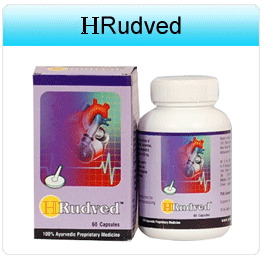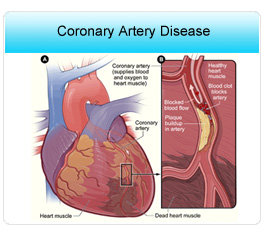| Diagnosis methods for Coronary Artery Disease |
Physical examination by the physician. This includes a complete medical history and coronary risk profile.
|
Blood-Tests: These tests can measure risk factors for CAD, such as levels of cholesterol, homocysteine, C-reactive protein and blood clotting factors (e.g., fibrinogen).
|
Electrocardiogram (ECG). An ECG is a recording of the heart's electrical activity as a graph, or series of wave lines, on a moving strip of paper or video monitor. The highly sensitive electrocardiograph machine helps detect heart irregularities, disease and damage by measuring the heart's rhythms and electrical impulses.
|
Exercise Stress Test : An ECG is performed while the patient exercises in a controlled manner on a treadmill or stationary bicycle at varied speeds and elevations. The reaction of the heart under exertion can be measured and evaluated. This allows the physician to evaluate the performance of the heart under strenuous conditions.
|
Echocardiogram of the heart and major arteries. This test uses sound waves to visualize the structure and function of the heart. A moving image of the patient's beating heart is played on a video screen, where a physician can study the heart's thickness, size and function. The image also shows the motion pattern and structure of the four heart valves, revealing any potential leakage (regurgitation) or narrowing (stenosis). During this test, a Doppler ultrasound may also be done to evaluate blood flow through the heart. A Doppler ultrasound may be combined with an exercise stress test to evaluate heart function.
|
Myocardial perfusion imaging Any of a number of tests (also known as scans) that use harmless injections of radionuclide substances (e.g., thallium or technetium) to create images of the heart. This procedure may be combined with an exercise stress test to identify and localize blockages in the coronary arteries.
|
| Coronary Angiogram is a minimally invasive test that may be done if any of the above tests are abnormal, or if the patient has a history of heart-related problems. The coronary angiogram involves the insertion of a catheter into the coronary arteries and the injection of a dye (contrast medium) that is highly visible under x-ray. This allows physician to pinpoint the number and location of blockages in the coronary arteries. |
|





